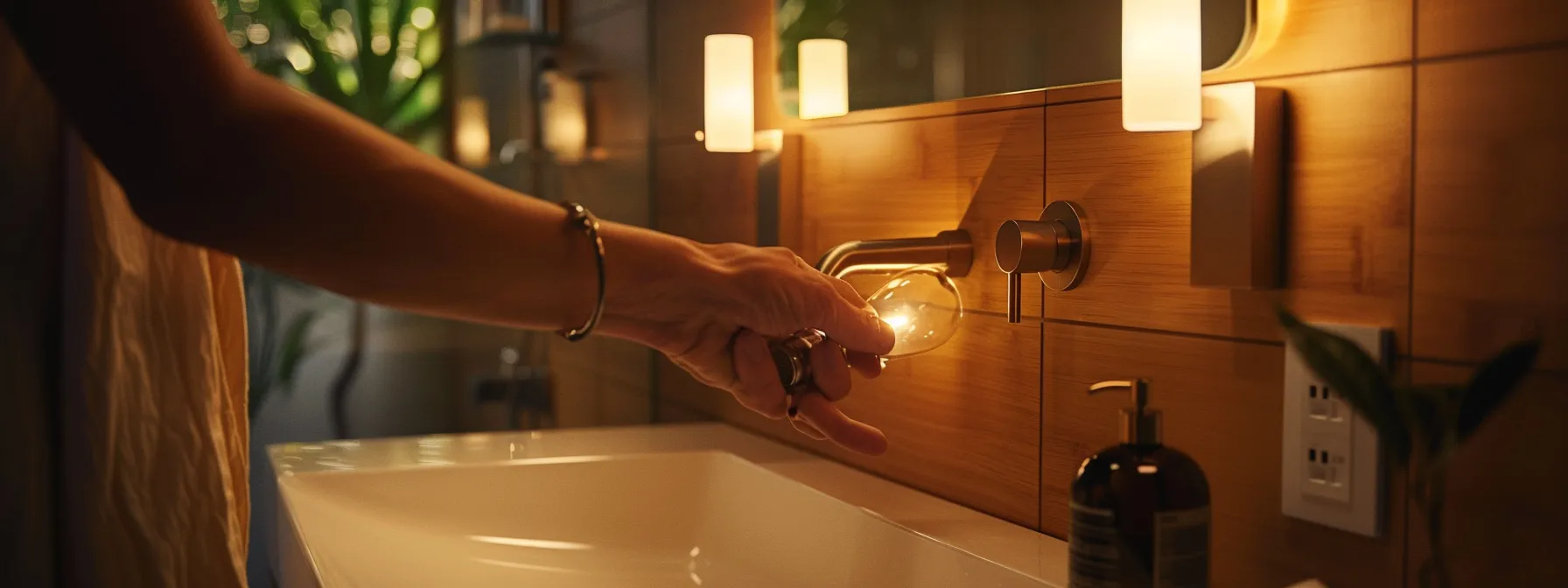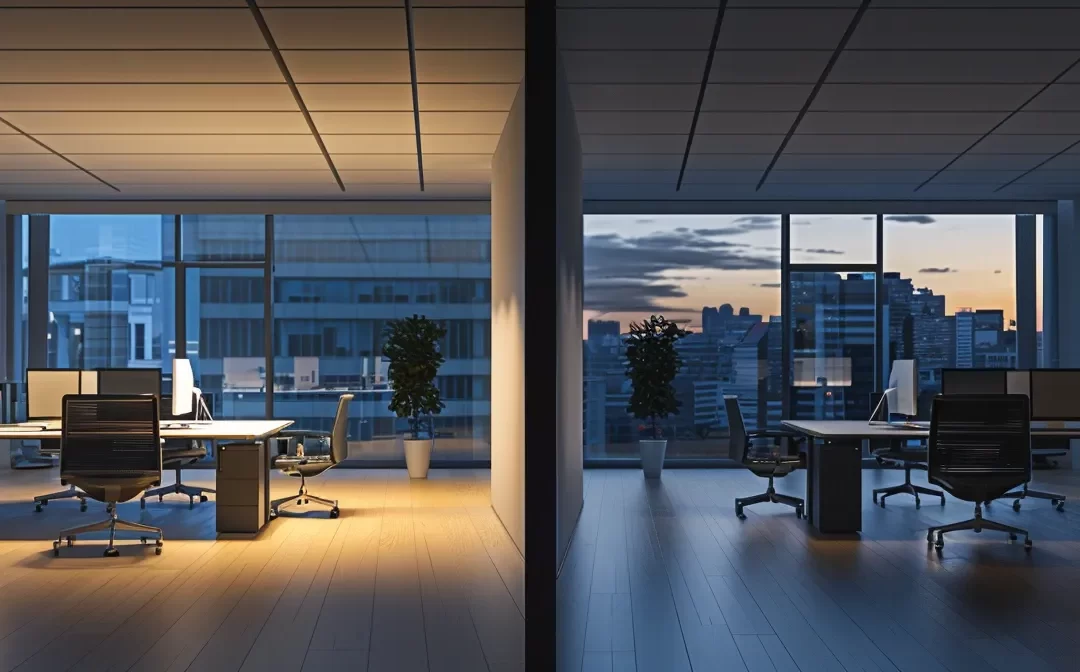Why Proper Light Bulb Replacement Matters
### Why Proper Light Bulb Replacement Matters Many homeowners underestimate the significance of light bulb replacement. Incorrect bulbs can lead to higher energy bills, frequent outages, and even safety hazards. This post will explain why choosing the right light bulbs is essential, provide practical replacement guidelines, and highlight the advantages of regular maintenance. By understanding these points, readers will learn how proper light bulb replacement can enhance their home’s safety, efficiency, and overall comfort. Addressing common issues like dim lighting or flickering fixtures can improve the functionality of their living space.
Why Proper Light Bulb Replacement Matters

Proper light bulb replacement plays a significant role in several areas. Understanding energy efficiency and cost savings can lead to informed choices about brightness and lumen ratings. Selecting the correct bulbs enhances safety while ensuring optimal illumination in each ceiling space. Furthermore, awareness of the environmental impact of disposing of old bulbs helps promote sustainable practices.
Understanding Energy Efficiency and Cost Savings
Energy efficiency is crucial when selecting light bulbs, as it directly affects both utility bills and environmental impact. For instance, switching from traditional incandescent bulbs invented by Thomas Edison to energy-saving alternatives like fluorescent lamps can substantially lower energy consumption. Homeowners should also pay attention to bulb specifications, including brightness measured in lumens, while considering options such as candelabra bulbs for decorative fixtures; these can provide effective daylight illumination without excessive energy usage.
Enhancing Safety With Correct Bulb Choices
Choosing the correct light bulbs directly impacts safety and functionality in various settings. For example, utilizing flood lights in outdoor landscapes increases visibility and security at night, reducing potential hazards. Additionally, selecting bulbs with the appropriate color temperature ensures optimal light quality, whether illuminating a room with warm tones or utilizing blacklight for specific applications, enhancing overall safety in the environment.
Improving Lighting Quality for Different Spaces
Improving lighting quality for different spaces involves selecting the right light bulbs tailored to specific needs. For instance, using low voltage LED diodes in chandeliers not only creates an elegant ambiance but also minimizes heat output, making the environment safer and more comfortable. Homeowners should prioritize environmentally friendly options that enhance the functionality and aesthetic appeal of each room, ensuring that every area is well-lit and welcoming.
Environmental Impact of Disposing Old Bulbs
Disposing of old light bulbs, particularly those containing hazardous materials like mercury, presents significant environmental concerns. Homeowners should be aware that improper disposal can lead to pollution, potentially impacting water sources and local ecosystems. To mitigate this issue, utilizing certified recycling programs for various bulbs, including compact fluorescent and ultraviolet types, can promote sustainable practices, while choosing lower wattage and more efficient options for ceiling fans and dimmer switches can further reduce overall waste.
Light Bulb Replacement Guidelines

Identifying the right bulb type for specific needs, such as using incandescent light bulbs in sconce fixtures or energy-efficient alternatives in bathrooms, is essential. This section covers safe bulb replacement steps, recommended intervals for changing different bulbs, proper disposal methods for old bulbs, and common mistakes to avoid during the replacement process. Each aspect ensures optimal lighting quality while promoting safety and sustainability.
Identifying the Right Bulb Type for Your Needs
Identifying the right bulb type for specific needs begins with understanding the requirements of each light fixture. For example, using a compact fluorescent lamp in areas where warm light is necessary can enhance comfort and aesthetics. Additionally, evaluating the color rendering index of bulbs ensures that colors appear true and vibrant, making spaces more inviting. It is also important to consider the type of screw base compatible with the fixture to facilitate easy replacement and maintain optimal illumination.
Steps for Safe Bulb Replacement
To ensure a safe bulb replacement process, homeowners should first turn off the power to the fixture. This can be achieved by switching off the light at the wall or circuit breaker. Additionally, using Energy Star-rated bulbs when possible offers the benefits of efficiency and longevity, making the replacement process less frequent while contributing to energy savings. When handling the bulb, it is advisable to wear gloves to avoid skin oils affecting its performance and to use a step stool or ladder for hard-to-reach fixtures, maintaining safety throughout the task.
Recommended Replacement Intervals for Different Bulbs
Recommended replacement intervals for different bulbs are essential for maintaining optimal lighting and energy efficiency. Typically, incandescent bulbs should be replaced every 1,000 hours of use, while compact fluorescent lamps and LED bulbs can last upwards of 10,000 to 15,000 hours. Homeowners should monitor the performance and brightness of their bulbs, as dimming or flickering can signal that replacement is needed, ensuring safe and effective illumination throughout their living spaces.
Proper Disposal Methods for Old Bulbs
Proper disposal of old bulbs is vital for both safety and environmental responsibility. Homeowners should utilize local recycling programs that accept various types of bulbs, particularly CFLs and LEDs, which may contain hazardous materials like mercury. Checking with municipal waste management for specific guidelines ensures that bulbs are disposed of correctly, minimizing the risk of pollution and promoting sustainable practices in the community.
Common Mistakes to Avoid During Replacement
One common mistake during light bulb replacement is neglecting to ensure that the power is turned off before beginning the process. This oversight can lead to electrical shocks or damage to the fixture. Additionally, homeowners often overlook the importance of using the correct wattage, which can result in overheating and potential fire hazards. Taking these precautions not only enhances safety but also maintains the longevity and efficiency of the lighting system.
Conclusion
Proper light bulb replacement significantly influences energy efficiency, safety, and environmental sustainability. By selecting the right bulbs and following safe replacement practices, homeowners can improve lighting quality and reduce energy costs. Ignoring these guidelines can lead to hazards and increased pollution from improper disposal. Ultimately, being informed about light bulb choices empowers homeowners to create safer, more efficient, and environmentally friendly living spaces.

Recent Comments